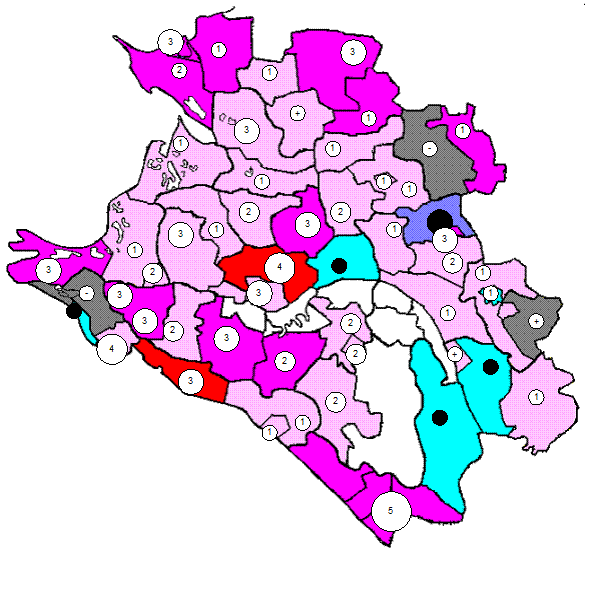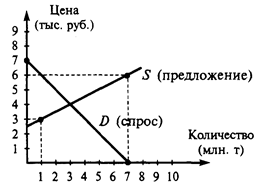CENTRAL PROCESSING UNIT
It is well known in computer science that the words 'computer' and 'processor' are used interchangeably. Speaking more precisely, 'computer' refers to the central processing unit (CPU) together with an internal memory. The internal memory, control and processing components make up the heart of the computer system. Manufactures design the CPU to control and carry out basic instructions for the particular computer. The CPU coordinates all the activities of the various components of the computer. It determines which operations will be carried out and in what order. The CPU controls the operation of the entire system by issuing commands to other parts of the system and by acting on responses. When required it reads information from the memory, interprets instructions, performs operations on the data according to the instructions, writes the results back into the memory and moves information between memory levels or through the input-output ports. In digital computers the CPU can be divided into two functional units called the control unit (CU) and the arithmetic-logical unit (ALU). These two units are made up of electronic circuits with millions of switches that can be in one of two states, either on or off. The function of the CU within the central processor is to transmit coordinating control signals and commands. The control unit is that part of the computer that directs the sequence of step-by-step operations of the system, selects instructions and data from memory, interprets the program instructions, and controls the flow between main storage and the arithmetic-logical unit. The ALU, on the other hand, is that part of the computer in which the actual arithmetic operations, namely, addition, subtraction, multiplication, division and exponentiation, called for in the instructions are performed. Programs and the data on which the CU and the ALU operate, must be in internal memory in order to be processed. Thus, if located in secondary memory devices, such as disks or tapes, programs and data are first loaded into internal memory. Answer the following questions: 1. What words in computer science are used interchangeably and why? 2. What components make up the heart of the computer system? 3. What is the function of the CPU? 4. Name the sequence of operations the CPU performs (use five verbs). 5. What is the function of the CU? 6. What operations are performed in the ALU? 7. Where are data processed?
|




